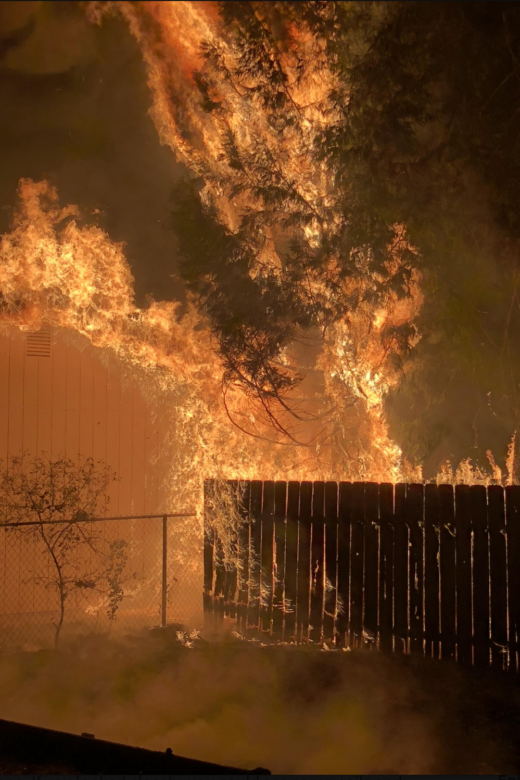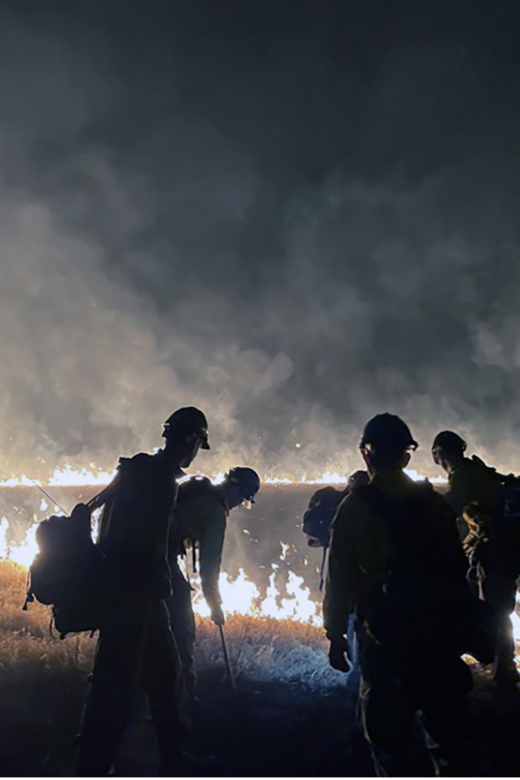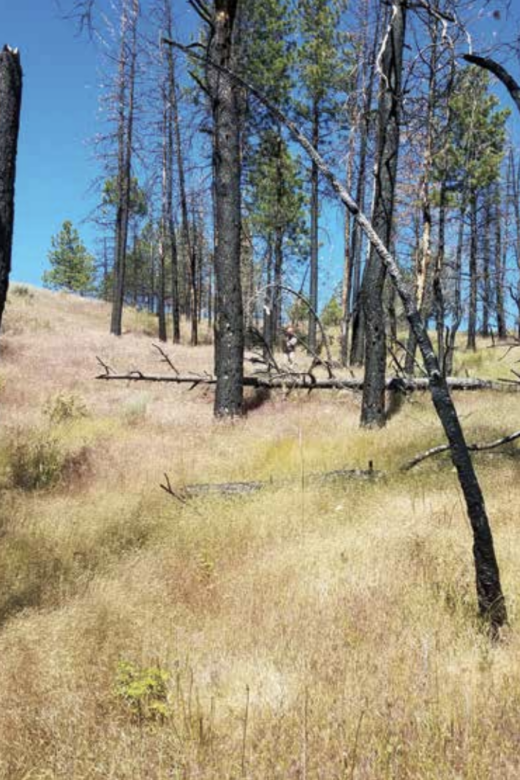This study explores how ponderosa pine trees respond to repeated low-severity wildfires after decades of fire exclusion in dry …
NIST Study Finds Wildfire Hazards in Residential Fences and Mulch Beds
In a series of fire experiments, National Institute of Standards and Technology researchers explored how fences and mulch beds …
Continue Reading about NIST Study Finds Wildfire Hazards in Residential Fences and Mulch Beds
Stand composition and development stage affect fuel characteristics of quaking aspen forests in Utah, USA
Learn more about the quaking aspen and it's relationship with fire. Aspen stands have previously been described as having low …
Edge Effects Along Roadside Fuel Treatments in Sagebrush Steppe
The construction of fuel breaks is a common strategy for suppressing wildfires in rangelands, but it can also increase the number …
Continue Reading about Edge Effects Along Roadside Fuel Treatments in Sagebrush Steppe
The fastest-growing and most destructive fires in the US (2001 to 2020)
Wildfires that spread rapidly are the most dangerous, and their growth rates have significantly increased across the U.S. between …
Continue Reading about The fastest-growing and most destructive fires in the US (2001 to 2020)
Fire severity drives understory community dynamics and the recovery of culturally significant plants
Dive into new research on the effects of "mega fires" on understory plant communities and the repercussions on biodiversity and …
CSU research shows increase in carcinogen exposure, cancer risk among firefighters
Firefighters face hidden dangers beyond the flames—new CSU research reveals that exposure to fires leads to higher levels of …
Not just another cheatgrass: The ventenata invasion in the interior Northwest
Once a natural firebreak, the rocky meadows and scablands of the American West are now at risk of fueling wildfires. The spread of …
Continue Reading about Not just another cheatgrass: The ventenata invasion in the interior Northwest



